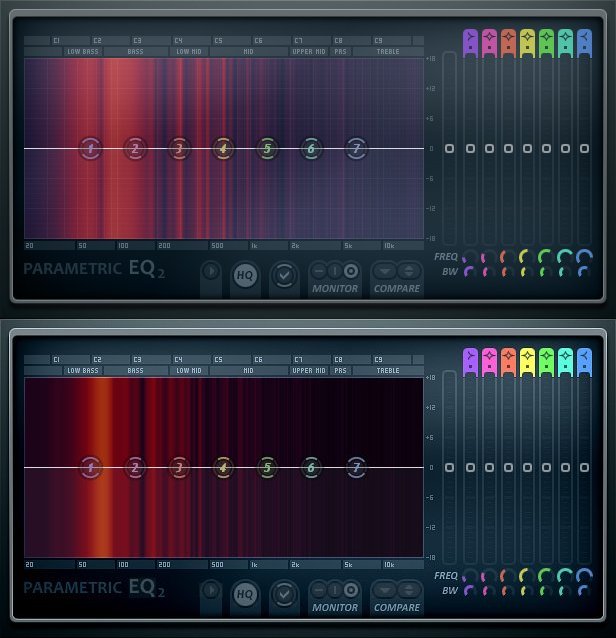

Our team has now deployed seven of these X-rayspectrometers to a variety of light sources, accelerator facilities, and laboratory-scale experiments these seven spectrometers have already performed measurements related to their applications.


The second, designed for X-ray energies below 2 keV, has a best demonstrated resolution of 1.0 eV (FWHM) at 500 eV. The first, designed for X-ray energies below 10 keV, has a best demonstrated energy resolution of 2.1 eV (full-width-at-half-maximum or FWHM) at 5.9 keV. There are two different types of TES pixels employed. We have adapted this flexible architecture to mate to a variety of sample chambers and measurement systems that encompass a range of observing geometries. The spectrometers share a common readout architecture and many design elements, such as a compact, 65 mK detector package, 8-column time-division-multiplexed superconducting quantum-interference device readout, and a liquid-cryogen-free cryogenic system that is a two-stage adiabatic-demagnetization refrigerator backed by a pulse-tube cryocooler. TESs are superconducting thin films that are biased into their superconducting-to-normal-metal transitions. Each energy-dispersive spectrometer is built around an array of several hundred transition-edge sensors (TESs). This advantage is most useful in applications that are traditionally photon-starved and/or involve radiation-sensitive samples. The chief advantage of this type of spectrometer is that it can be orders of magnitude more efficient at collecting X-rays than more traditional high-resolution spectrometers that rely on wavelength-dispersive techniques.
Splineeq able to eq copy series#
We describe a series of microcalorimeter X-rayspectrometers designed for a broad suite of measurement applications. Most of the results for peak energy values shown here should be considered as replacements for the currently tabulated standard reference values, while the line shapes given here represent a significant expansion of the scope of available reference data. It also employs a novel sample holder that enables rapid switching between science targets and calibration targets with excellent gain balancing. The work improves on previous measurements made with a similar cryogenic spectrometer by the use of sensors with better linearity in the absorbed energy and a gold x-ray absorbing layer that has a Gaussian energy-response function. The 97 lines comprise nearly all of the most intense L lines from these elements under broad-band x-ray excitation. The new results include emission line profiles for 97 lines, each expressed as a sum of one or more Voigt functions improved absolute energy uncertainty on 71 of these lines relative to existing reference data a median uncertainty on the peak energy of 0.24 eV, four to ten times better than the median of prior work and six lines that lack any measured values in existing reference tables. The spectrometer also surveys numerous x-ray standards in order to establish an absolute-energy calibration traceable to the international system of units for the energy range 4 keV to 10 keV. We use an array of transition-edge sensors, cryogenic microcalorimeters with 4 eV energy resolution, to measure L x-ray emission-line profiles of four elements of the lanthanide series: praseodymium, neodymium, terbium, and holmium. Features which are 160 nm wide are resolved in three-dimensional images on a Cu-SiO$_2$ IC sample, demonstrating the capabilities of laboratory-scale nanotomography based on a focused electron beam and TES spectrometer. TOMCAT design is discussed, including target optimization, system geometry, and scan procedures. The electron beam generates a highly focused X-ray spot in a metal target, while the TES spectrometer isolates target photons with high signal-to-noise. TOMCAT combines the electron beam of a scanning electron microscope (SEM) with the precise, broadband X-ray detection of a superconducting transition-edge sensor (TES) spectrometer. Here, we present a laboratory-scale nanotomography instrument, deemed TOMCAT (TOMographic Circuit Analysis Tool). Due to this photon limit, nanotomography has been generally restricted to synchrotron facilities, where higher flux can be maintained even at nanoscale spot sizes. In a nanotomography measurement the X-ray spot size must be kept at the nanoscale, which significantly limits the total amount of X-ray flux achievable. X-ray nanotomography has proven to be a powerful tool for the characterization of nanoscale materials and structures, such as energy storage devices and next-generation integrated circuits (ICs). b Same data as a, except here the linear trend of -2.07×10-5eV-1\documentclass emission at 1.7 keV to have an additional anchor point at that energy.


 0 kommentar(er)
0 kommentar(er)
